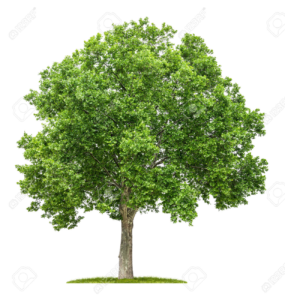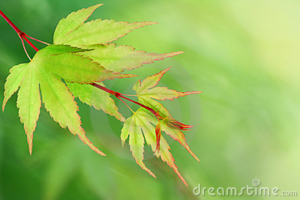Many Types of Cherry Trees
Many types of cherry trees available that are not always so obvious when admiring the ripe cherry fruit on a tree. Depending on the property location and the climate region cherry trees may be just the thing for a home garden.
One of the most pleasant trees you can possibly maintain is a cherry tree. The word Cherry is derived from the name of an ancient city in Turkey. It describes both the tree and the fruit it produces. A cherry fruit is classified as a “drupe”. In the center it has a single hard core that holds the seed. The outside of the fruit is smooth and might have a small groove down one side. There are hundreds of different varieties of cherry.

There are two main groups that cherries can fall under.
It is either a wild cherry or a sour cherry.
Wild cherries are generally used for plain eating, and originated in Europe or western Asia. Usually if you buy a bag of cherries from the store, you can guess that they are wild cherries. The other type, sour cherries, also originated in Europe and western Asia. These are less pleasant to eat, and are used more in cooking situations, including the production of jam or jelly.
Cherry trees aren’t just known for their delicious fruits.
They are also popular for their beautiful flowers or blossoms. The clusters of flowers that appear in the spring are rather breathtaking, and have inspired many a song or poem.
If you’re looking to plant a cherry tree, you might consider black cherries. It is best known for being the tallest tree available, and producing beautiful white clumps of flowers. The fruit, which becomes ready to pick in the summertime, is small and black. The only negative aspects about this tree are its vulnerability to certain caterpillars, and the tendency for the fruits to fall on their own and stain concrete. That’s why it is best to keep them over grass rather then near a sidewalk.
Another one of the most beautiful types of trees is the purple leaved plum.
Contrary to its name, it isn’t a plum but rather a larger type of cherry. Its tree is most recognizable for its strikingly purple flowers. Through the course of its flowering season, they usually change from deep purple to light pink. Either way, you’ll probably be the only one on the block with such a colorful tree. One of its strong points is that it is particularly resistant to pests.
The Amur Chokeberry is most recognizable for its golden bark on the trunk and branches.
When its flowers bloom in the middle of spring, they are very small and white. These trees specifically require moist, but well-drained soil. If your yard can’t supply that, then this is probably a tree you should skip. This tree is one of the most susceptible to pests and diseases unless you live in a very cold climate. It is one of the most high maintenance trees, but the cherries are delicious and the flowers are some of the lushest.
No matter what your yard or soil situation is like, you should have no problem finding a cherry tree that will do well in your area. They are a great thing to add to your yard, and when it flowers it will take the breath away from everyone that looks at it. It works great as a focal point for any garden. So go to your nursery today, and enquire about what types of cherry trees are known for doing well in your region. You’re bound to find something you like.
Thank you for visiting www.howtoplanttrees.com/ and reading this Information on Many Types of Cherry Trees article post. We hope this was helpful and useful to you. Please do share this link with your friends. Thank you.









